220 v Welder wiring question
RCMJr
12 years ago
Featured Answer
Sort by:Oldest
Comments (40)
bus_driver
12 years agolast modified: 9 years agoRCMJr
12 years agolast modified: 9 years agoRelated Discussions
220v stove question - junction box in wall? Stove against wall?
Comments (3)"On the back side, it doesn't have room on the bottom for what you would typically see which is a large 220v plug." The insallation instructions should clearly show the possible location of the receptacle or junction box (for a hard wired stove installation). It is usually a line drawing with shaded or hatched areas showing the allowable positions for connections, along with dimensions and clearances required. Since you must follow the manufacturer's installation instructions (and applicable code rules) reading and understanding them is required....See More440v 3 phase and 220 v , for welder
Comments (16)To me it doesn't matter if there is a 120 volt panel somewhere in the building or not. This is all pure speculation on the part of people on this internet forum. The fact remains that if someone posts a question on how to hook up a welder to a three phase 480V service they are not capable of doing the work themselves. There is nothing wrong with the OP asking the question, there is however in my opinion only one correct answer to it and that was already given in the first response. I have no problem giving advice for residential work but three phase wiring is absolutley no place for a novice or DIY. Anyone who needs to ask how to connect something to a three phase service is not qualified to do it. There are way too many varibles in the situation - just look at what people are throwing around on this board right now - Delta's, Y's, high legs, buck transformers, step downs, step ups - heck why dont we just recommend that they install a phase converter while were at it......See More220 v for sub-panel
Comments (3)If you have six or fewer circuit breakers in the same panel you can get by without a disconnect. Normally, I'd say put one in anyhow but if the panel is so small to preclude ever getting over 6 circuits anyway, there's no point. Welders are a special part of the electrical code, and you've not given us enough information as to how to size the conductors or the breaker. Usually the easiest way to determine this is to look at the manufacturers recommendation in the manual. If the plug for the welder only has three prongs then you run three wire (two hots for the 240V and a ground). If it's 240, the color WHITE should not be used. It should be some color other than white, gray or green. You can not protect #6 with a 100A breaker. If you need more amps (which I'm not sure you do), you'll need to run larger feeder wires....See MoreProper grounding of 220v/50A welder plug
Comments (3)DO NOT use a neutral. If you ran a 3-wire (plus ground) cable to feed the welder then just cap off the white. If you ran a 2-wire then use the black and white as the two hots and the ground is the ground. Your welder does NOT require, nor does it have a place to terminate, a neutral....See Morebus_driver
12 years agolast modified: 9 years agobrickeyee
12 years agolast modified: 9 years agomike_kaiser_gw
12 years agolast modified: 9 years agobus_driver
12 years agolast modified: 9 years agoRCMJr
12 years agolast modified: 9 years agoRCMJr
12 years agolast modified: 9 years agomike_kaiser_gw
12 years agolast modified: 9 years agopetey_racer
12 years agolast modified: 9 years agobus_driver
12 years agolast modified: 9 years agobrickeyee
12 years agolast modified: 9 years agopetey_racer
12 years agolast modified: 9 years agobrickeyee
12 years agolast modified: 9 years agopetey_racer
12 years agolast modified: 9 years agobrickeyee
12 years agolast modified: 9 years agopetey_racer
12 years agolast modified: 9 years agobrickeyee
12 years agolast modified: 9 years agopetey_racer
12 years agolast modified: 9 years agocountryboymo
12 years agolast modified: 9 years agoionized_gw
12 years agolast modified: 9 years agopetey_racer
12 years agolast modified: 9 years agoRCMJr
12 years agolast modified: 9 years agobrickeyee
12 years agolast modified: 9 years agomike_kaiser_gw
12 years agolast modified: 9 years agobrickeyee
12 years agolast modified: 9 years agoionized_gw
12 years agolast modified: 9 years agowayne440
12 years agolast modified: 9 years agolbpod
12 years agolast modified: 9 years agoJimmyJustus
10 years agolast modified: 9 years agoJimmyJustus
10 years agolast modified: 9 years agojoefixit2
10 years agolast modified: 9 years agobus_driver
10 years agolast modified: 9 years agoJimmyJustus
10 years agolast modified: 9 years agojoefixit2
10 years agolast modified: 9 years agojoefixit2
10 years agolast modified: 9 years agoJimmyJustus
10 years agolast modified: 9 years agoJimmyJustus
10 years agolast modified: 9 years agojoefixit2
10 years agolast modified: 9 years ago
Related Stories

BATHROOM DESIGNHow to Settle on a Shower Bench
We help a Houzz user ask all the right questions for designing a stylish, practical and safe shower bench
Full Story
DIY PROJECTSHow to Fix Up a Thrifted Lamp
Save money and earn DIY cred by rewiring and snazzing up a damaged lamp you scored on the cheap
Full Story
GREAT HOME PROJECTSWhat to Know Before Refinishing Your Floors
Learn costs and other important details about renewing a hardwood floor — and the one mistake you should avoid
Full Story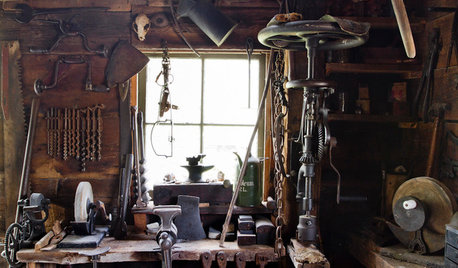
MATERIALSAre You a Maker? Show Us Your Favorite Tool or Material
Houzz Call: A tool or material can be a maker’s best friend. We’d like to see your favorite — and what it helps you achieve
Full Story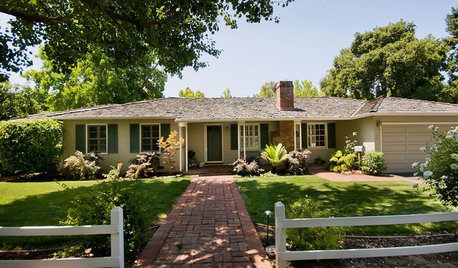
ARCHITECTURE10 Advantages of the Humble Ranch House
Boomer-friendly and not so big, the common ranch adapts to modern tastes for open plans, outdoor living and midcentury mojo
Full Story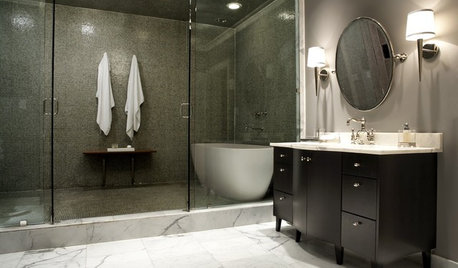
BATHROOM DESIGNHow to Choose Tile for a Steam Shower
In steamy quarters, tile needs to stand up to all that water and vapor in style. Here's how to get it right the first time
Full Story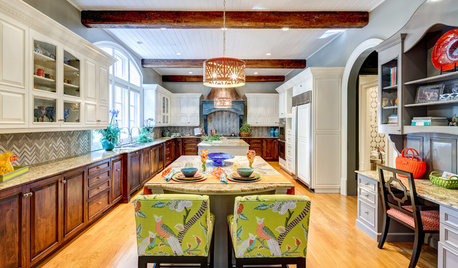
BEFORE AND AFTERSKitchen Rehab: Don’t Nix It, Fix It
A small makeover makes a big impact in a traditional kitchen in Atlanta with great bones
Full Story
DECORATING GUIDESMission Possible: A Designer Decorates a Blank Apartment in 4 Days
Four days and $10,000 take an apartment from bare to all-there. Get the designer's daily play-by-play
Full Story
KITCHEN DESIGN12 Farmhouse Touches That Bring Homeyness to a Kitchen
Shaker cabinetry, country-store-inspired hardware, barn elements or a key piece of art will add homestead appeal to your kitchen
Full Story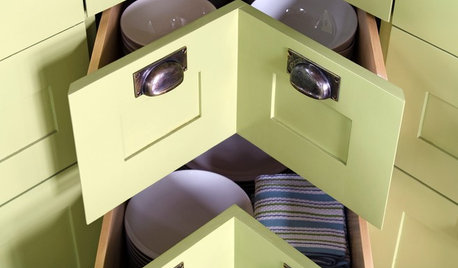
KITCHEN DESIGNShow Us Your Best Kitchen Innovation
Did you take kitchen functionality up a notch this year? We want to see your best solutions for the hardest-working room in the house
Full Story


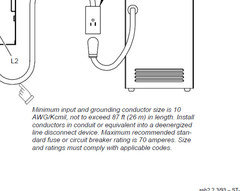



petey_racer